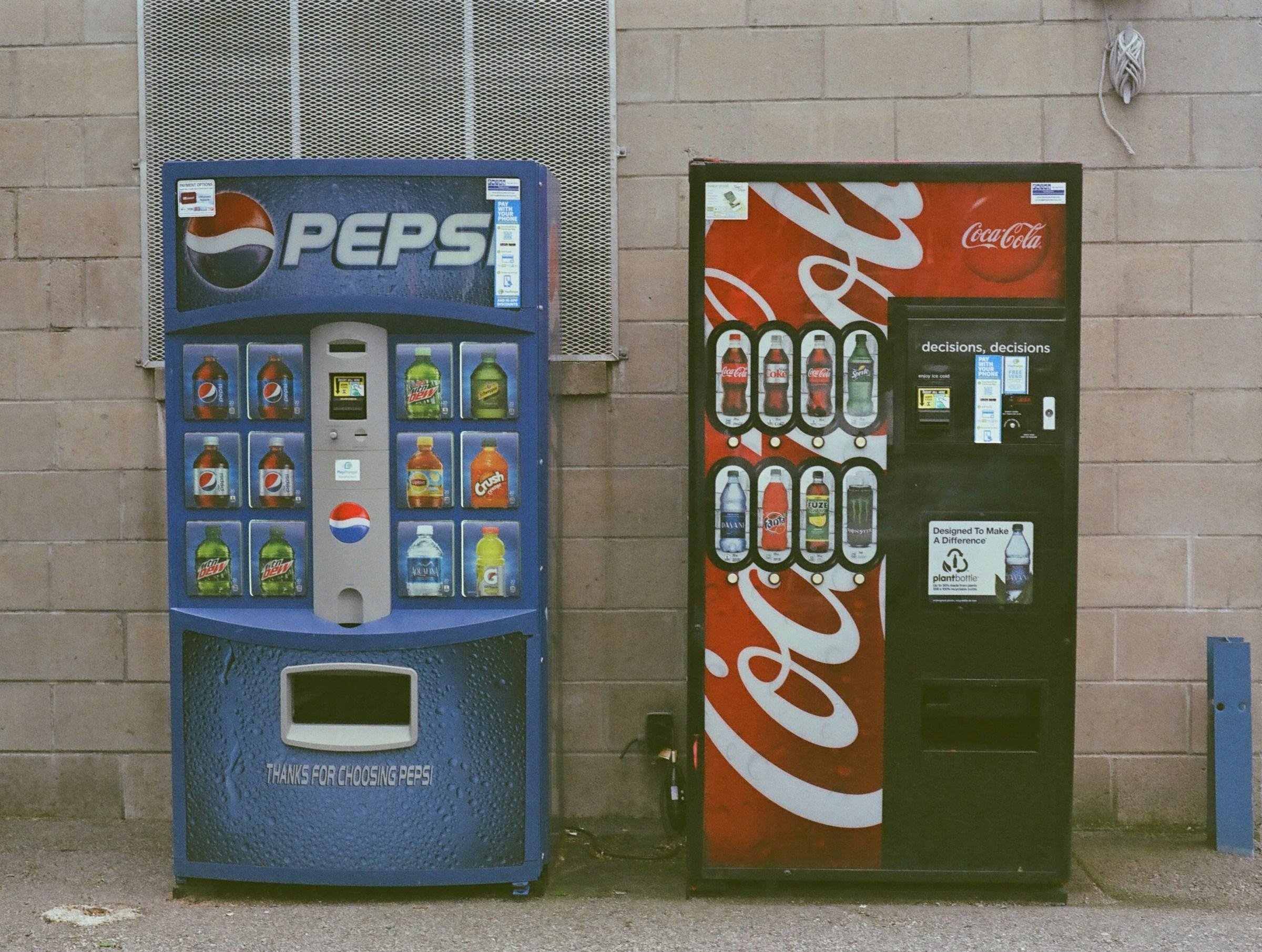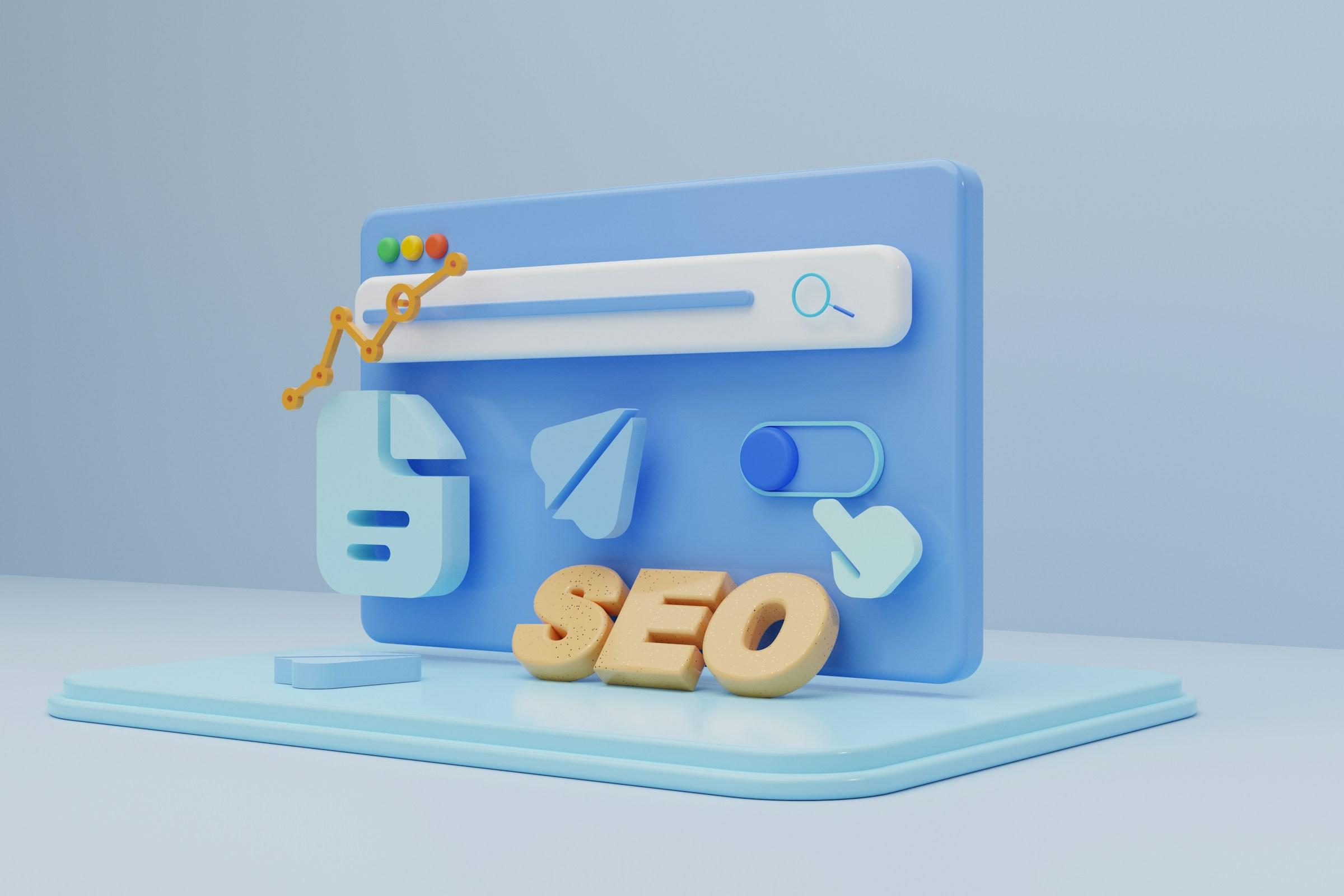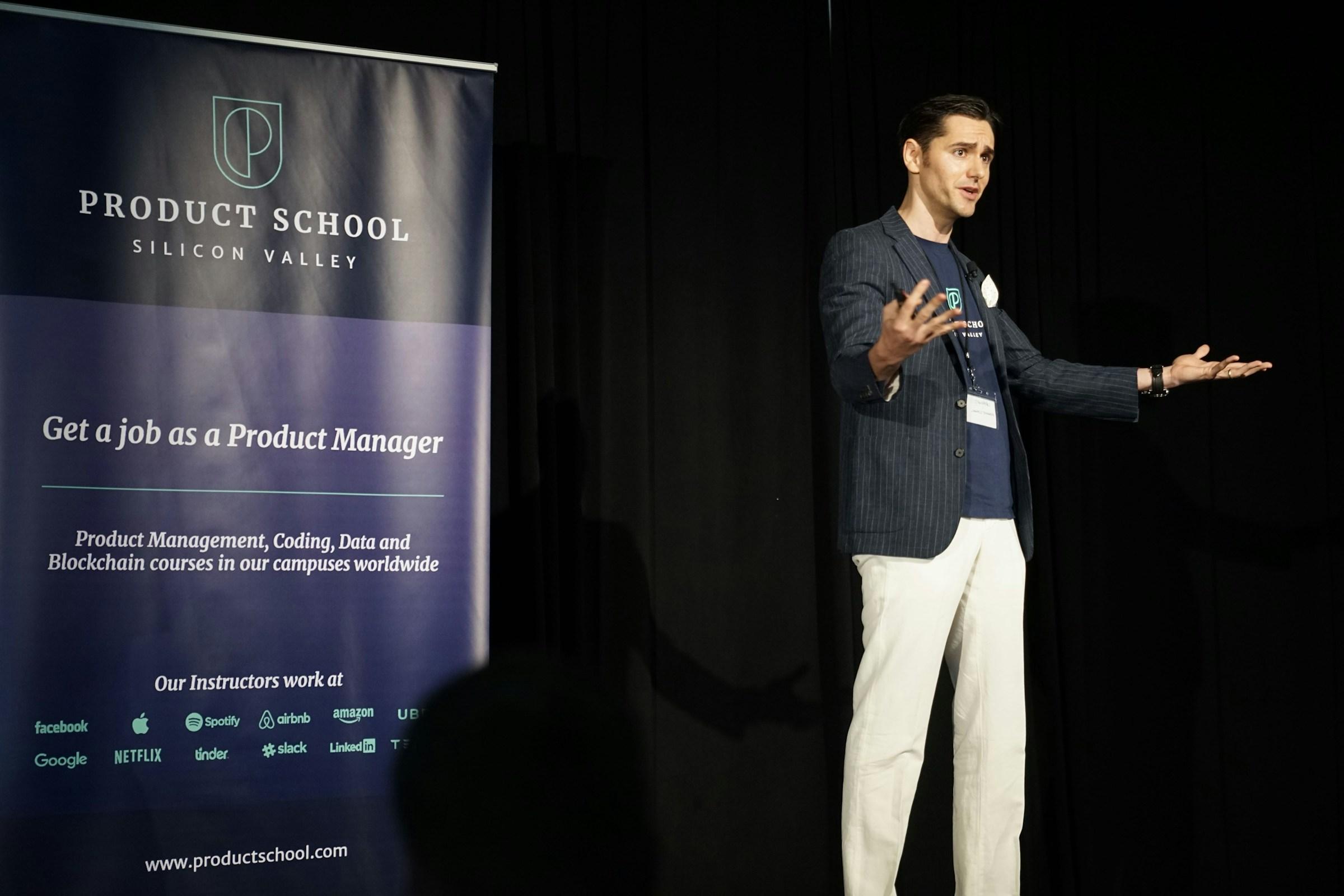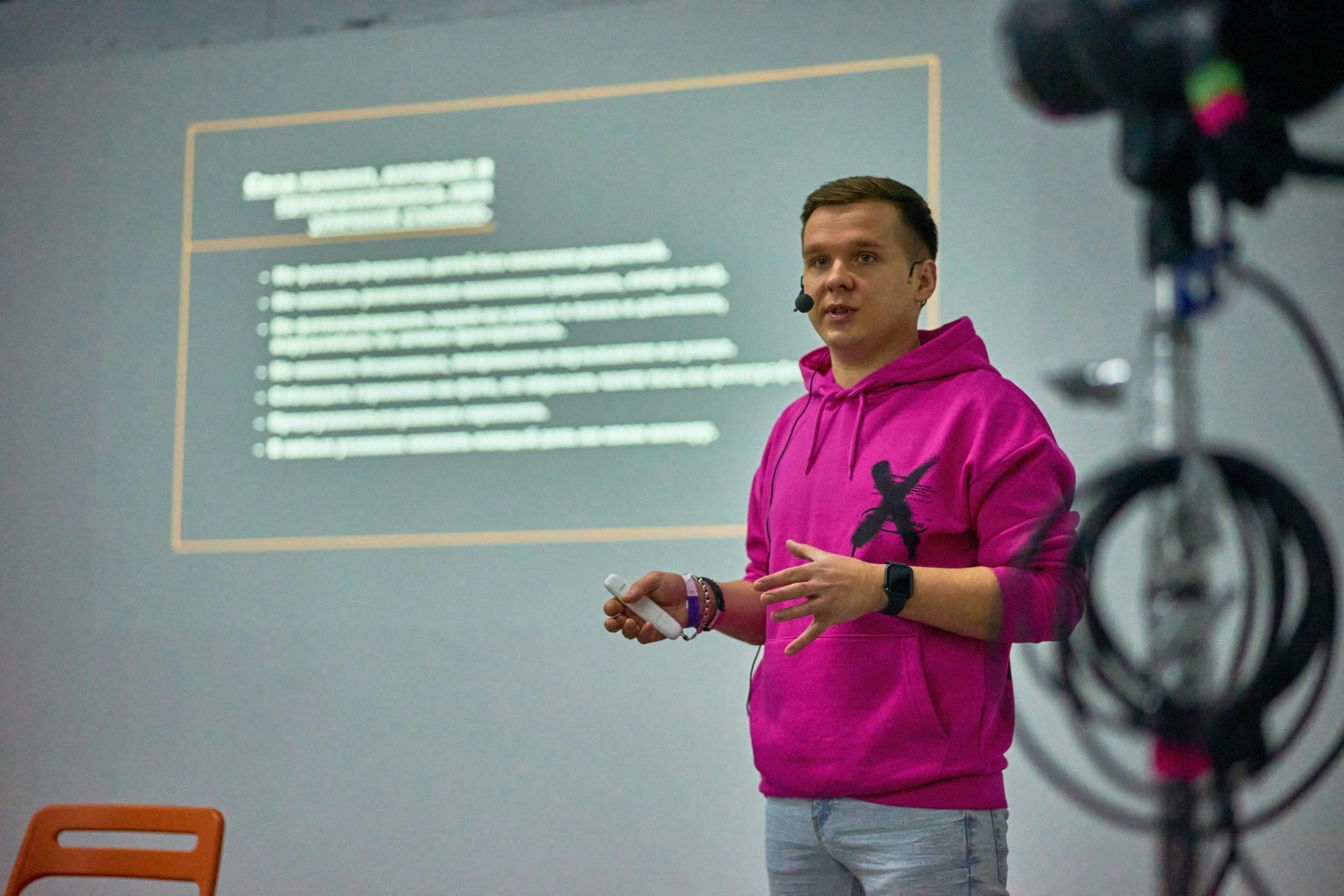Marketing looks busy when a team is shipping campaigns, tweaking bids, and brainstorming the next viral hook. Activity can fill a calendar and still fail to produce momentum. The work feels like throwing ideas into the wind and hoping the right audience catches them at the right time. This is the gap that artificial intelligence closes. It does not add more noise to an already crowded toolkit. It turns scattered signals into a living system that learns, adapts, and compounds over time. Asking why AI is important in marketing is really asking how a company can move from guesses to grounded decisions without slowing down.
The starting point is a sober truth. Marketing is not a single job. It is the careful management of signals that hint at intent and friction. Search queries say one thing, watch time says another, add to cart behavior says a third, and customer support tickets whisper a fourth. Many teams keep these signals in disconnected places, so the copywriter argues with the media buyer, and the lifecycle lead argues with the product analyst. AI’s first contribution is to stitch those signals together so that the team is looking at one decision surface instead of five incomplete dashboards. When this happens, the debate shifts from taste to evidence. People stop asking who has the loudest opinion and start asking which hypothesis has the strongest pattern behind it.
Speed and accuracy should not be enemies. Most teams can have one at the expense of the other. They move fast and waste budget, or they move slowly and miss windows of demand. A good AI stack lets a company test quickly while keeping experiments clean. A media model can monitor audiences in near real time and adjust bids with a light touch rather than with manual swings. A creative analysis engine can read thumbnails, hooks, pacing, and language across markets and propose the next five ideas worth testing instead of a wall of randomness. A lifecycle system can time messages to intervene when a habit is forming or fading, which is very different from blasting a calendar-driven newsletter. The promise is not magic. It is fewer decisions made in the dark.
Of course, a model cannot rescue messy definitions. If a qualified lead is fuzzy, the machine will happily optimize for noise. If revenue events are not mapped, claims about improving return on ad spend will be fiction dressed in numbers. This is where discipline becomes the unfair advantage. Decide what a qualified lead actually is and encode that decision. Decide how to mark a repeat customer and encode that decision. Map events properly. When these foundations are clean, the model’s output starts to match business reality. When they are sloppy, the machine becomes a very confident storyteller of the wrong tale.
The most effective use of AI starts with a bottleneck that hurts today, not a fantasy about total automation. If activation is weak, use predictive scoring to rank new signups by their likelihood to activate in the next two days and route each band of scores to an appropriate touch. High likelihood might need nothing more than a short nudge. Medium likelihood might benefit from a guided walkthrough. Low likelihood might need a shorter path or a human assist. Run this for a month and read lift by cohort rather than by week. That single loop will often surface truths about fit, messaging, and onboarding friction that scattershot campaigns never reveal.
Creative work becomes clearer once the team treats AI as an analyst rather than a ghostwriter. A brand still needs a human insight, a cultural reference, and a story that feels true in each market. The model’s job is to explain why a top performing video or headline worked so well and how to reproduce the useful ingredients without copying the surface. It will catch the length of the opening hook, the cadence of the first sentence, the frame that held attention, and the comment that sparked community. It can then propose variations worth testing. The creators still create. The tests become deliberate. Time from idea to insight shrinks, which is where many teams lose steam.
Attribution is another area where AI pays for itself. In Southeast Asia, a live session on a commerce platform might trigger same day conversions, while short videos warm up intent and search captures the purchase two days later. Without a model that can read paths across channels, the team fights over credit and starves the upper funnel that actually starts the journey. With a model that can see the path, budgets stop drifting toward the last click by default. Spend shifts toward the touchpoints that create momentum rather than only the ones that record the final step. The result is a healthier pipeline and calmer conversations about what to cut or keep.
Pricing and offers also improve when customer clusters are read properly. Free shipping is not a strategy. A timely reassurance that speaks to the exact friction a buyer feels can move the same order without surrendering margin. The model might learn that first time buyers in one city respond to a promise about quality assurance, while repeat buyers in another city convert when delivery windows become more convenient. The message changes by segment. The brand does not cheapen itself with constant discounts. Revenue rises without raising volume of noise.
Retention tends to be the quiet victory that AI unlocks over months rather than days. Many teams talk a lot early in the customer journey and go silent once a routine begins to form. A lifecycle model that listens to product behavior will detect pre-churn patterns and intervene with a specific, respectful touch. Sometimes this is a feature reminder at exactly the right moment. Sometimes it is content that deepens the use case. Sometimes it is waiting rather than filling the inbox with a weekly push. Done well, timing starts to feel like care, and care evolves into trust. Trust lowers churn and lifts lifetime value. The effect is not dramatic at first, but it compounds.
Now come the worries. People ask if AI will replace marketers. It will replace repetitive tasks and casual guesswork. It will not replace taste, ethics, or the cultural intelligence that keeps a brand honest. Someone still needs to ask whether a targeting pattern drifts into a group that should not be targeted. Someone still needs to weigh a fast growth tactic against a long term reputation cost. Someone still needs to choose the one line that sounds like a friend and not a billboard. The model can propose a thousand lines. Only a well led team can decide which line belongs to the brand.
Scale also matters. A funded team in a regional hub will not have the same needs as a bootstrapped shop in a smaller city. Tools that promise full autonomy often hide heavy integration work. Keep the stack plain until the next constraint is obvious. A reliable analytics layer, a clean event schema, and one shared place where campaign, creative, and cohort insights live side by side will take a company far. Add pieces slowly. New tools should solve a current choke point, not decorate a screenshot.
Measurement is where many gains vanish. Teams run experiments that change too many variables at once or end them before patterns stabilize. A simple rule protects progress. Choose one primary metric for a given initiative and hold the rest steady. If the creative is under test, keep bid strategy quiet. If bidding is under test, keep creative steady. If the offer is under test, let everything else rest. AI helps by tracking confounders and enforcing guardrails so that the team does not ship a conclusion based on a lucky week. When a result holds across cohorts, it becomes a playbook. When it does not, it becomes a lesson.
Concerns about privacy deserve as much attention as performance. Build for consent, explain plainly how personalization works, and keep models on the least data required to deliver value. If growth depends on behavior that customers would reject if they understood it, the issue is not the model. The issue is the product or the promise. Sustainable marketing earns the right to stay in someone’s life. AI helps by reducing irrelevant noise and increasing helpful moments. That is not manipulation. That is respect.
In the end, growth is a learning problem disguised as a channel problem. The question is not how many platforms a team can run. It is how quickly and accurately a company can move from a hunch to a hypothesis to a clean test to a repeatable play. AI tightens that loop. It reduces the time between a user action and a thoughtful response. It lifts the quality of decisions while lowering the volume of debate. When a founder asks why AI is important in marketing, the answer is simple. It gives speed without chaos and accuracy without paralysis. It frees the best people to spend their energy on insight, craft, and care. It helps build a system that keeps learning when no one is watching. And it teaches the team to show up on Monday with a clear next move instead of a new round of hope.














